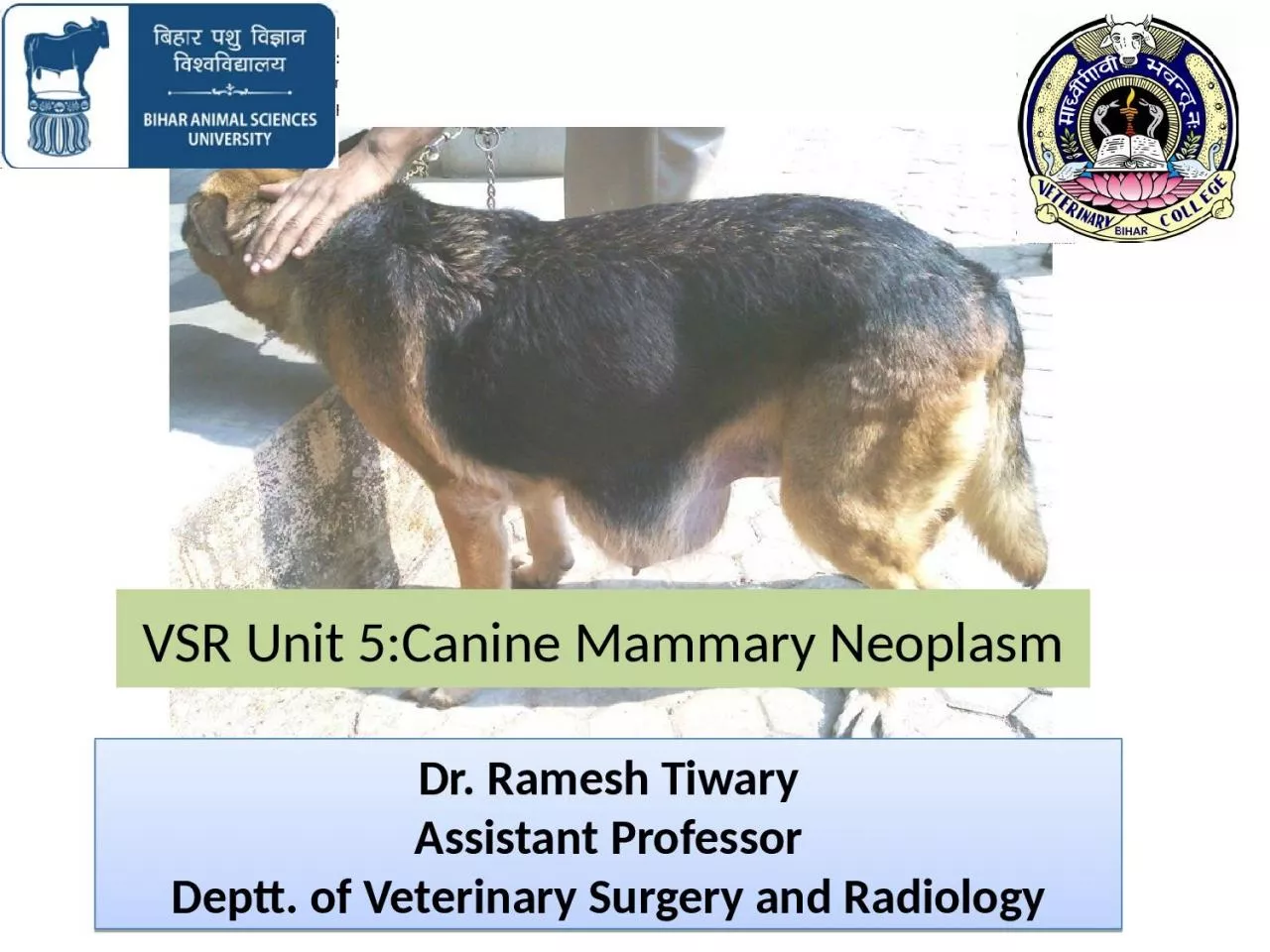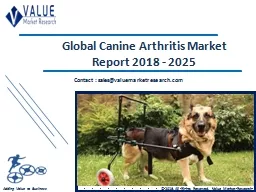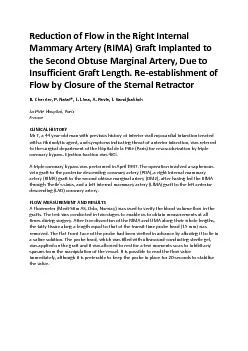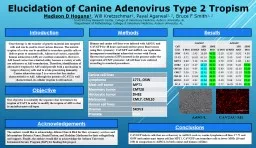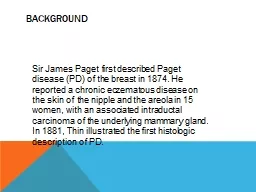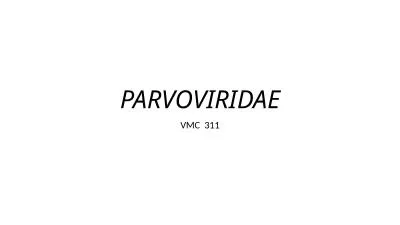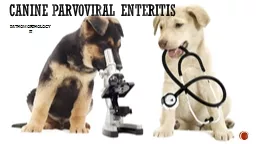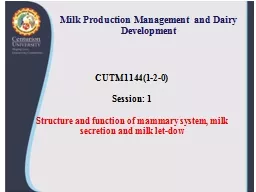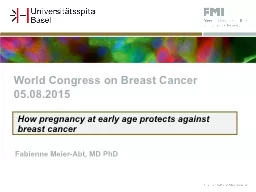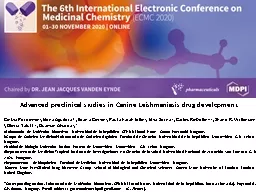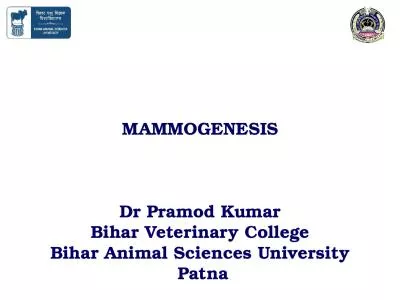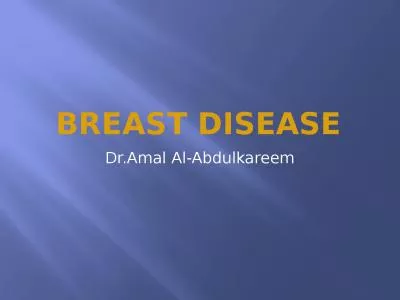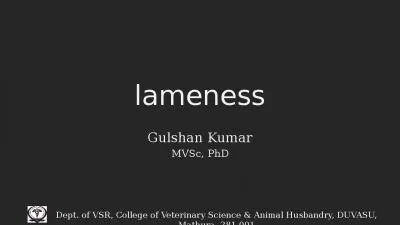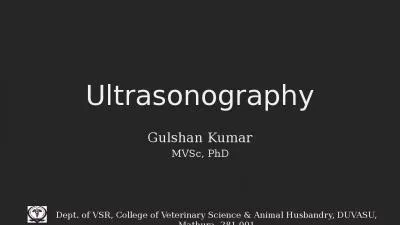PPT-VSR Unit 5:Canine Mammary
Author : kylie | Published Date : 2022-06-15
Neoplasm Dr Ramesh Tiwary Assistant Professor Deptt of Veterinary Surgery and Radiology Mammary Tumor Tumors of the epithelial cells of the mammary gland which
Presentation Embed Code
Download Presentation
Download Presentation The PPT/PDF document "VSR Unit 5:Canine Mammary" is the property of its rightful owner. Permission is granted to download and print the materials on this website for personal, non-commercial use only, and to display it on your personal computer provided you do not modify the materials and that you retain all copyright notices contained in the materials. By downloading content from our website, you accept the terms of this agreement.
VSR Unit 5:Canine Mammary: Transcript
Download Rules Of Document
"VSR Unit 5:Canine Mammary"The content belongs to its owner. You may download and print it for personal use, without modification, and keep all copyright notices. By downloading, you agree to these terms.
Related Documents

